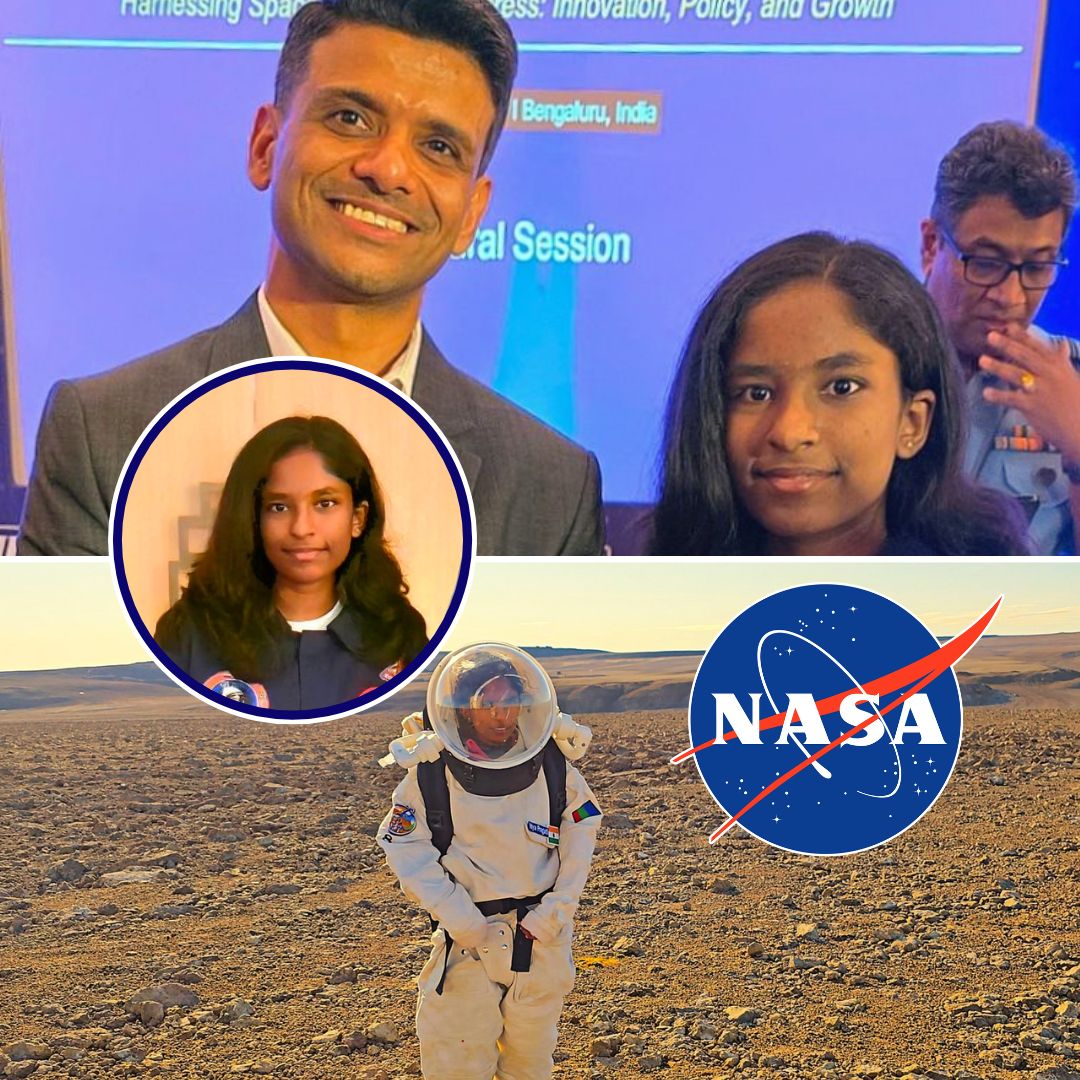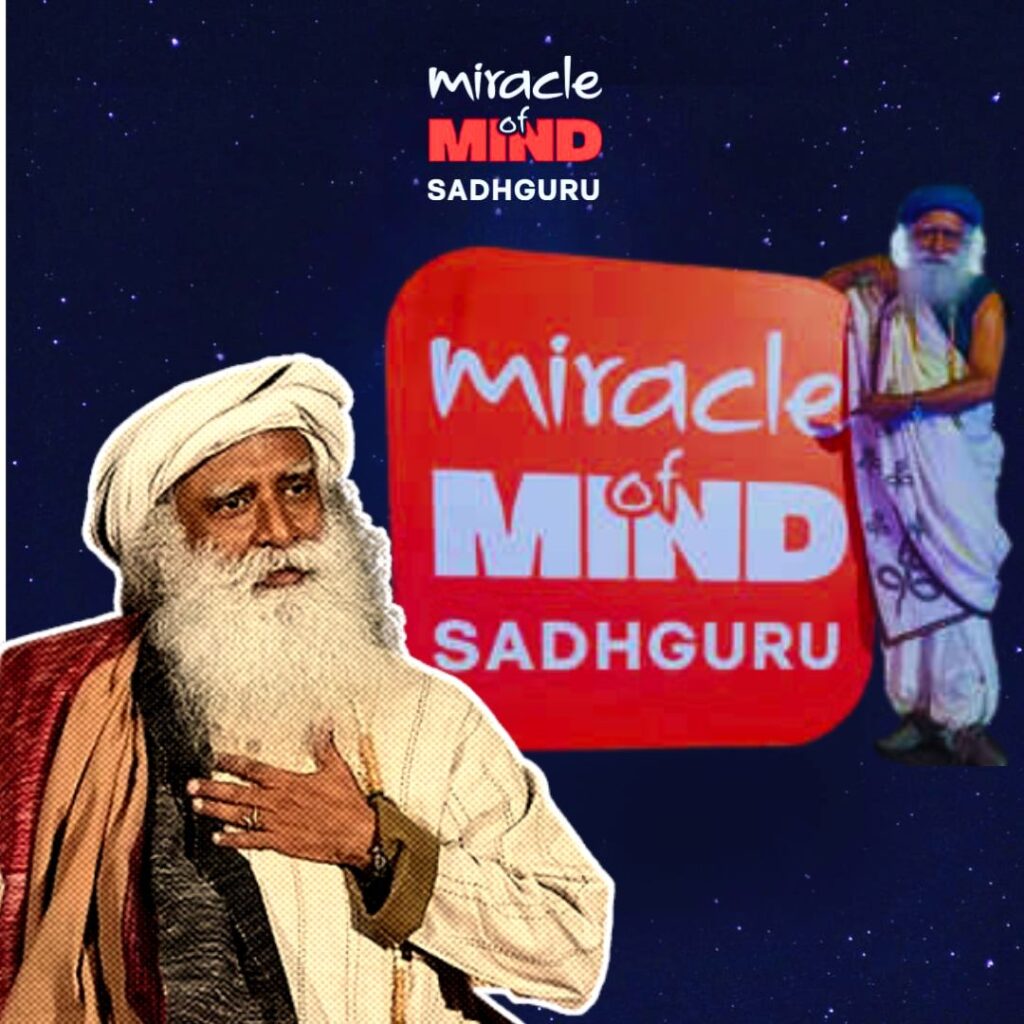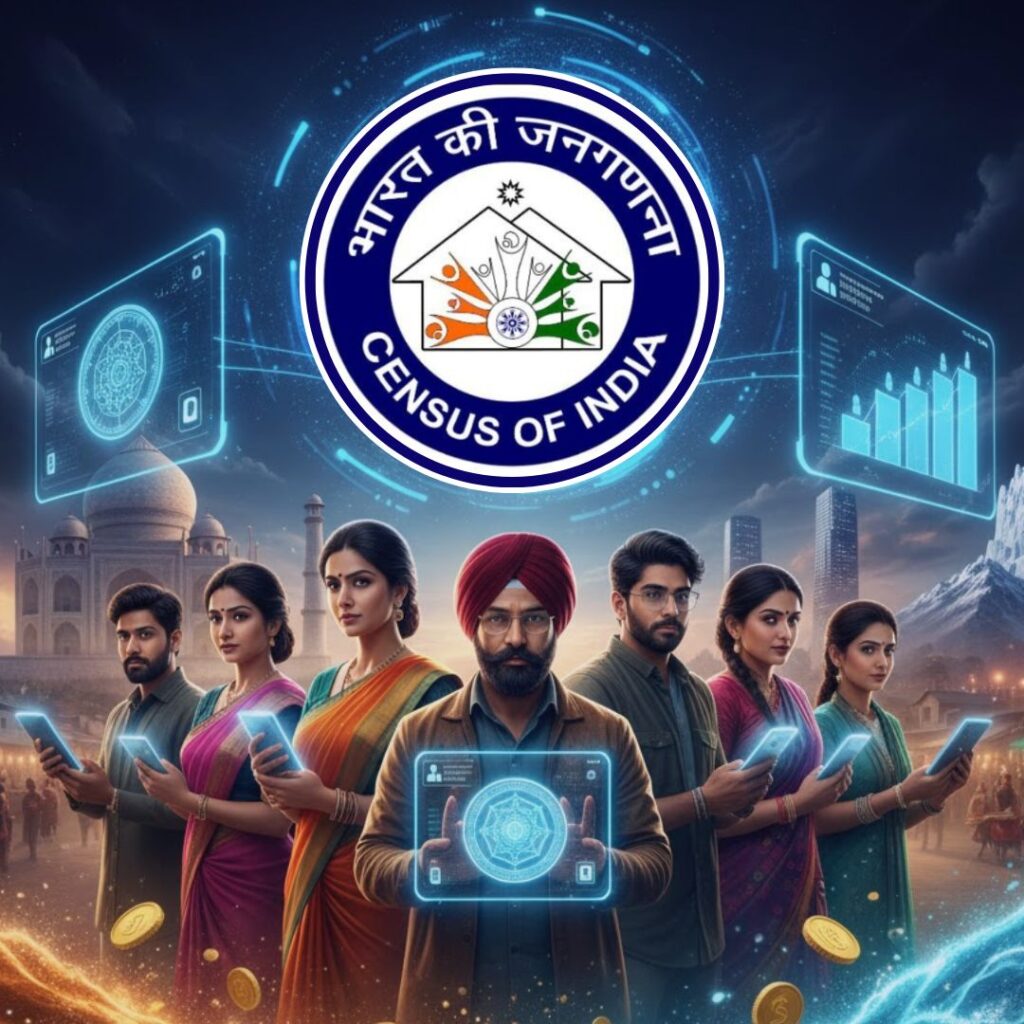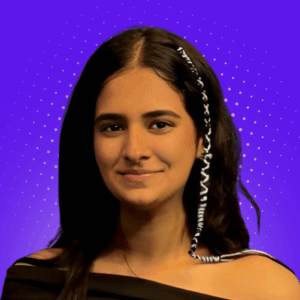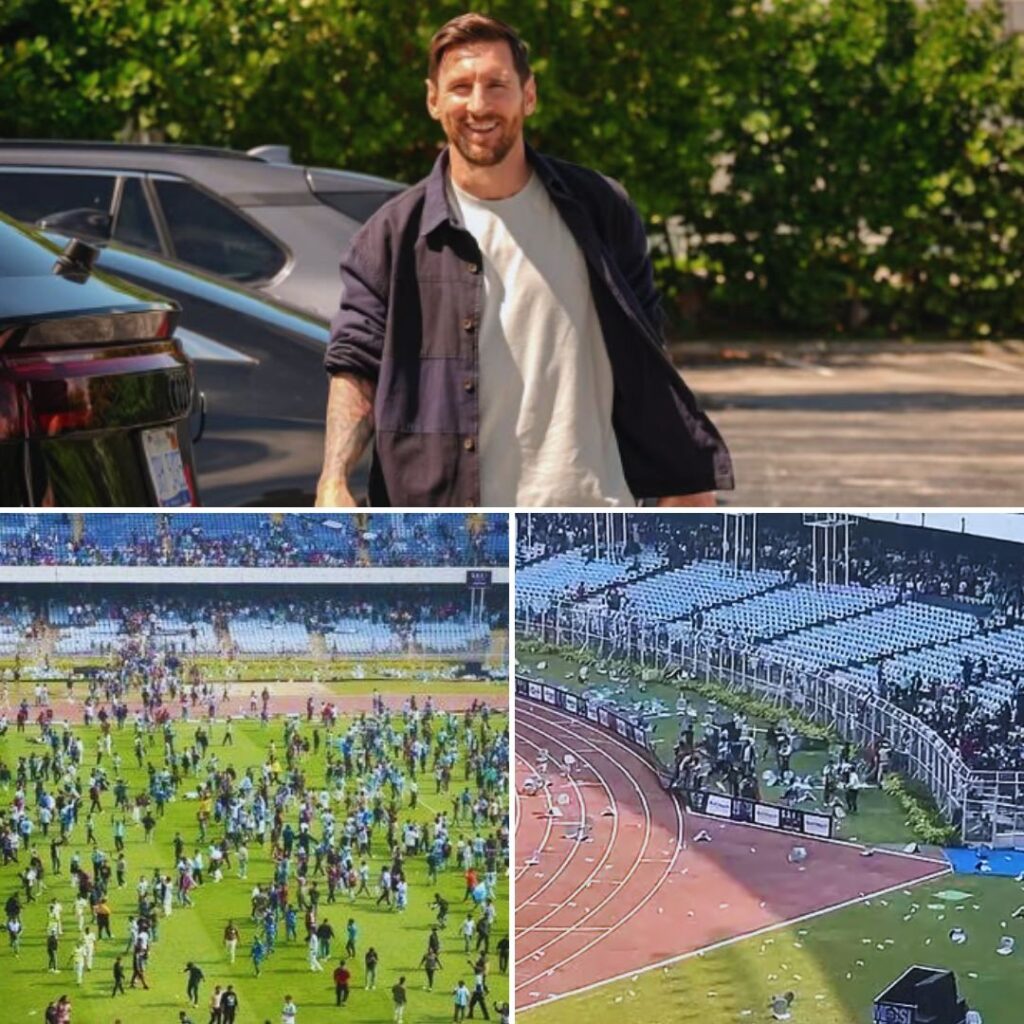At just 13 years old, Iniya Pragati has become India’s youngest analogue astronaut after successfully completing a Mars-like research mission on Devon Island in Canada’s Arctic. During this challenging expedition, she collected water samples, analysed microplastics, and studied microbial life in a 31-million-year-old impact crater known as “Mars on Earth.”
This achievement comes amid her extensive training in rocket design, propulsion, and astronaut simulation exercises. Looking ahead, Iniya has been selected to participate in NASA’s prestigious 10-day space training programme in 2026, marking her as one of the youngest Indians to ever earn this honour.
Her work has earned praise from space experts and educators, who regard her as a beacon of inspiration for aspiring young scientists across India.
Mars Mission and Arctic Expedition
Iniya’s journey to becoming an analogue astronaut began with a fascination for space at the age of five, which evolved into a rigorous training regime involving rocket science and even advanced scuba diving to simulate zero-gravity conditions.
Her recent Arctic mission took place on Devon Island’s Haughton Crater, an environmental analogue of Martian terrain, where she was part of a small team conducting critical research. The mission involved collecting water samples, studying microplastics to assess human pollution, and searching for microbial life in one of the planet’s oldest craters.
She described the mission as mentally and physically demanding, requiring weeks of isolation and preparation in harsh polar conditions, including yoga, meditation, and safety training for polar wildlife encounters. Iniya’s resilience and scientific curiosity have made her a standout figure among the few hundred individuals who have participated in such extreme analogue missions worldwide.
Path to NASA and Growing Ambitions
Her selection for NASA’s 10-day space training programme in 2026 represents a significant leap forward in her aspirations to become a professional astronaut. This prestigious programme offers hands-on experience with space mission simulations and astronaut training exercises.
Iniya balances this demanding journey alongside her academic studies with the support of her family and school, SRM Public School in Chennai. She is determined to inspire others, especially girls, to pursue careers in STEM and space sciences.
Meeting India’s first astronaut, Rakesh Sharma, who encouraged her to be consistent and work hard, further fuels her determination. With India’s space programme aiming to send astronauts to the Moon by 2040, Iniya sees herself as part of this new generation of Indian explorers ready to contribute to national and global space missions.
An analogue astronaut is someone who participates in simulated space missions on Earth, replicating the conditions astronauts face during long-duration spaceflights to the Moon, Mars, or beyond. These missions focus on testing technologies, human behaviour, and psychological effects in controlled environments that mimic space habitats but without leaving Earth.
The key difference from normal astronauts is that analogue astronauts do not travel to space; instead, they perform training and research in terrestrial environments designed to simulate space mission conditions, such as extreme isolation, confinement, and limited resources, to prepare for real missions and study challenges safely on Earth.
The Logical Indian’s Perspective
Iniya Pragati’s inspiring journey underscores the power of curiosity, perseverance, and dedicated education to break barriers, regardless of age or gender. Her story is a shining example of how young talent can excel in science and space exploration when nurtured with proper opportunities and support.
At The Logical Indian, we celebrate such achievements as they promote values of empathy, knowledge sharing, and inclusive progress. Encouraging young minds like Iniya’s to dream boldly and pursue those dreams relentlessly enriches society and strengthens global cooperation in scientific endeavours.


